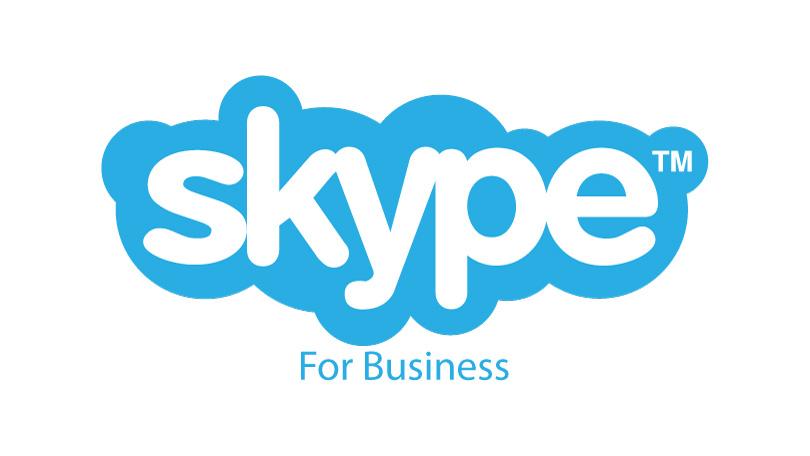Skype – it’s just a freebie app isn’t it?
The short answer is, emphatically, “NO!”. Whilst it is true that Skype is available to home users in a single-use capacity, what many people don’t know is that there is a much fuller-featured version too; “Skype For Business”. With the right configuration, a Skype For Business installation can entirely replace any and all on-premise business functions. Key features that Skype can deliver, with NO phone system hardware on site, are:-
Key Features:-
- Auto-Attendant (press 1 for x, 2 for y, etc)
- Voicemail
- Voice to Email (your voicemail messages appear as attachments in your email)
- Call Forwarding
- Call Barring
- Hunt Groups (where a call will ring first on one phone, then another etc.)
- Inclusive minutes (subject to plans)
- Video calling, including Meeting Broadcasts for large virtual meetings for up to 10,000 guests
- PSTN Conferencing (employees can attend meetings using a traditional standard phone)
- Full integration with Office 365 (in fact, it’s a key delivery component as they go hand in hand
Key Benefits:-
- No more “phone system” boxes adorning the walls of your office
- As it’s all software, it’s easily transferrable
- The system will automatically “move” with you since users need only have an internet connection, a sign-in, and then all features are available
- No large upfront outlay on phone system Exchange hardware
- Per-user licensing can be varied month to month, making budgeting far more simple
- Your smartphone can be used as a Skype handset via an app downloadable from Google Play Store, or for Apple users, the App Store.
So, what are the downsides?
In order to keep this article from sounding like an “advertorial” we also includes some restrictions / caveats:-
- Your business needs a good internet connection, with QoS (Quality of Service) configured so that your voice system always has capacity. However, as alluded to above, in the event of internet failure, users could simply go home and work from their own internet connections. In this way, it could be considered more resilient than a traditional phone system, who functionality is entirely reliant on the incoming lines.
- To ensure good quality calls, you’ll also need Skype-approved headsets (either USB or, better yet, Bluetooth Wireless). These are not cheap, but are comparable with traditional phones in terms of price.
In Summary
To conclude, Skype is here, and it’s here to stay! Its underpinnings or mature, stable, reliable, flexible and scalable. In 2017 there really is no need to be stuck a telecommunication stone age – join the millions of Skype users worldwide! If this article has piqued your interest, please feel free to call on 01302 540280 or hit the Contact Us page.

